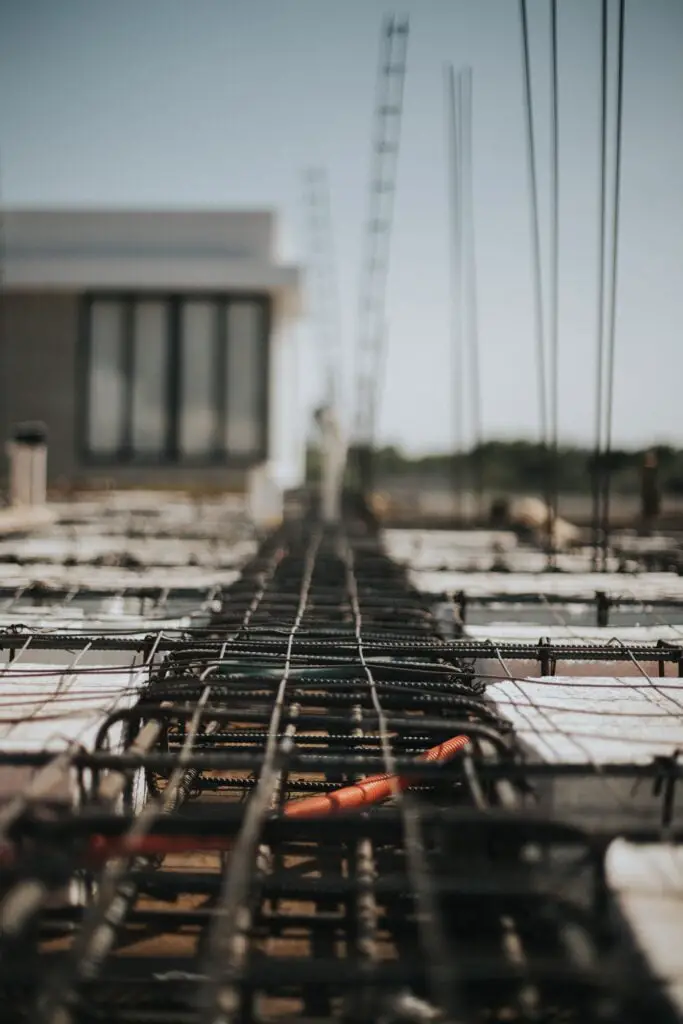In the realm of construction, the precision and strength of materials used play a pivotal role in determining the overall stability, longevity, and safety of any structure. One of the lesser-known but incredibly important elements that contribute to these aspects is the stirrup.
A seemingly simple component, stirrups are essential reinforcements used in concrete construction, particularly in reinforced concrete structures, to fortify the structural integrity and enhance the load-bearing capacity of the construction.
This article delves into the significance of stirrups in construction, their various types, and their impact on the overall quality of built environments.
Understanding Stirrups:
Stirrups are small, U-shaped steel bars that are positioned perpendicular to the longitudinal bars (also known as main bars or longitudinal reinforcement) within a concrete beam, column, or other structural members.
They are positioned at regular intervals along the length of the member and are typically placed at right angles to the main bars, forming a cage-like structure that encapsulates the concrete core. This arrangement creates a composite material, where the concrete and steel work together to resist various loads and stresses.
Role in Reinforced Concrete:
Reinforced concrete is a composite material where the high compressive strength of concrete and the high tensile strength of steel are combined to create a material capable of handling both compression and tension forces.
Concrete is excellent at withstanding compression but weak in tension, whereas steel excels in tension. Stirrups play a crucial role in enhancing the tensile capacity of concrete members, preventing cracking and failure under load.
1. Enhancing Structural Integrity:
Stirrups help prevent the longitudinal bars from buckling outward under heavy loads, ensuring that the concrete remains compressed and crack-free. This prevents the formation of cracks that could potentially weaken the structure and compromise its overall integrity. The confinement provided by stirrups also improves the durability of concrete by minimizing the effects of environmental factors such as corrosion and deterioration.
2. Improving Flexural Strength:
Concrete beams and columns are often subjected to bending moments and shear forces. Stirrups are strategically placed to resist these forces by holding the main bars in position, preventing them from shifting or separating.
The confined concrete within the stirrups helps distribute these forces evenly, enhancing the flexural strength of the member and preventing premature failure.
3. Mitigating Shear Stress:
In horizontal members such as beams, shear stress can lead to cracking and eventual collapse. Stirrups play a vital role in counteracting shear forces by preventing the diagonal cracking of concrete under such stresses.
They hold the concrete core together, reducing the tendency for shear cracks to propagate and enhancing the overall load-bearing capacity of the member.
Types of Stirrups:
Various types of stirrups are used in construction, depending on the structural requirements and the load-bearing capacity needed. These include closed stirrups, open stirrups, bent-up bars, and circular stirrups.
Closed stirrups form a complete loop around the main bars, providing superior confinement, while open stirrups are more commonly used in cases where the stirrup legs are not required to be closed completely.
Bent-up bars are typically used in the lower portions of beams, providing additional reinforcement at the critical regions where shear forces are concentrated. Circular stirrups are used to reinforce columns, ensuring they can withstand both axial and lateral loads.
Conclusion:
In the intricate world of construction, every component plays an essential role in ensuring the safety, stability, and longevity of built structures. Stirrups, though often overlooked, are fundamental reinforcements that contribute significantly to the success of reinforced concrete members.
By enhancing structural integrity, improving flexural strength, and mitigating shear stress, stirrups uphold the principles of robust construction and provide the necessary reinforcement to withstand the challenges imposed by heavy loads, environmental factors, and the test of time.
As construction practices evolve and engineering advancements continue, the role of stirrups remains steadfast in the pursuit of safer and more durable structures.
To see other material construction prices, please see here.
To know other construction guides, tips, and methodology for beginners, veterans, and contractors, please see here.

